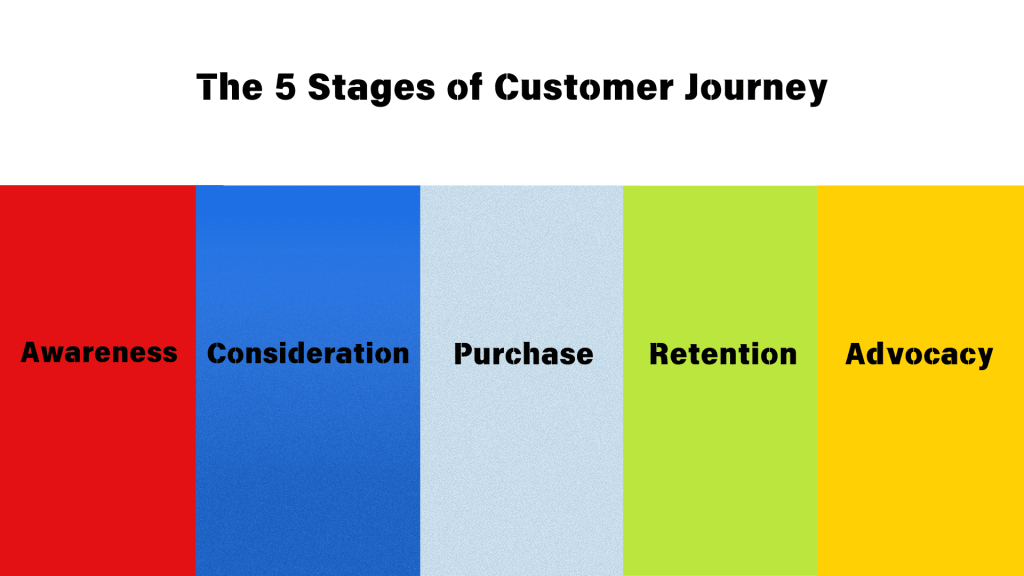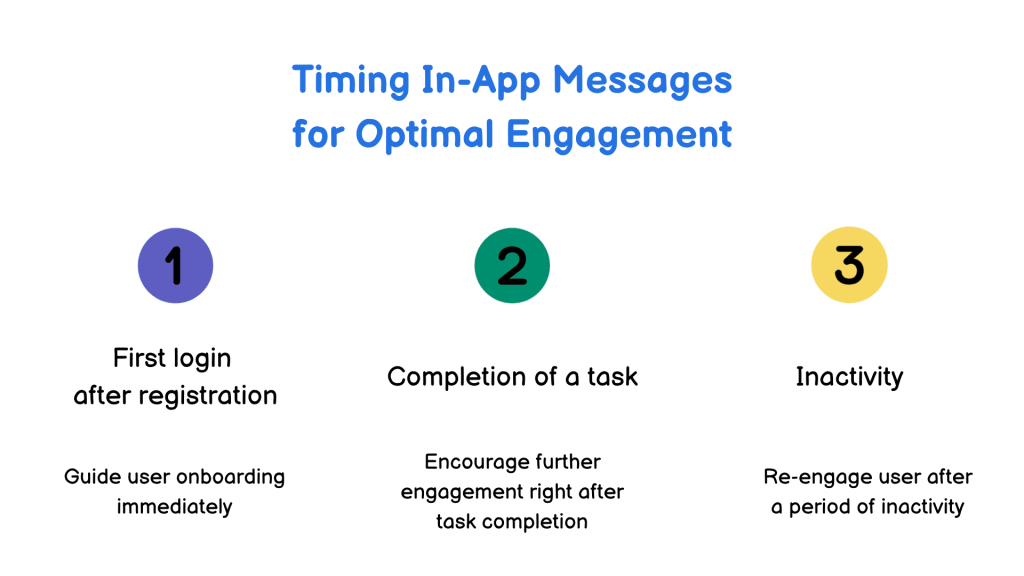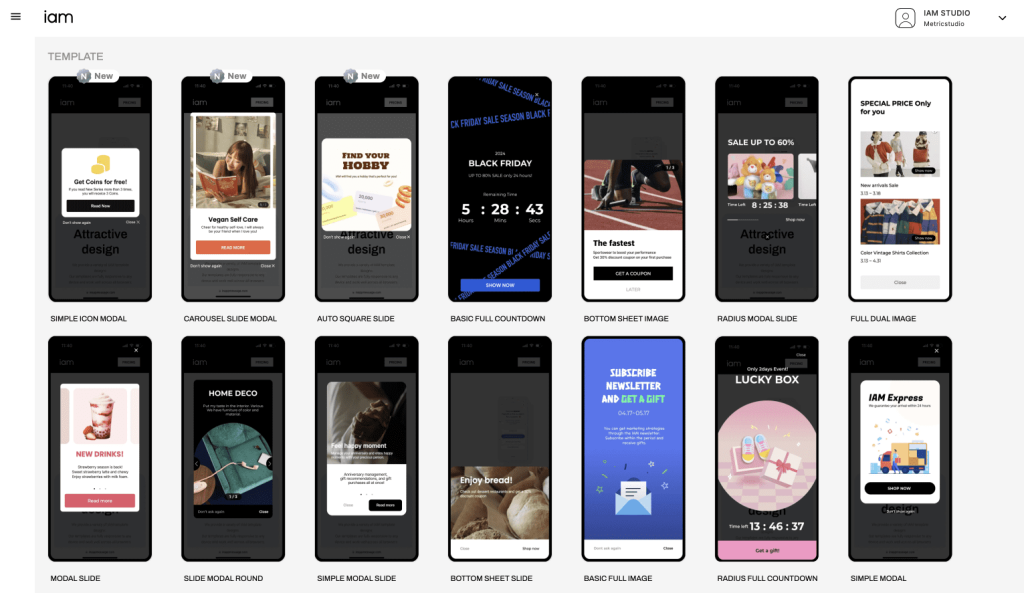Mapping the customer journey is essential for businesses that want to understand their customers’ needs and improve the overall user experience. By identifying key touchpoints, companies can deliver more personalized and relevant interactions, increasing engagement and loyalty. In this journey, in-app messaging plays a crucial role by reaching customers directly when they are already engaged with your app.
In this post, we’ll explore how in-app messages can be effectively used throughout the customer journey and discuss some best practices for delivering timely, relevant communications.

Understanding the Customer Journey Stages
A typical customer journey can be broken down into five stages: Awareness, Consideration, Purchase, Retention, and Advocacy. At each stage, in-app messages can help guide users toward specific actions, providing value and enhancing their experience.
- Awareness Stage: In-app messages can introduce new users to the app’s value proposition without overwhelming them. For example, a simple welcome message or a brief onboarding tutorial can set the tone for a positive experience.
- Consideration Stage: At this point, users are actively exploring your product. Well timed in-app messages can provide relevant information, such as feature highlights, tutorials, or product comparisons. The key is to make the messaging helpful, not pushy.
- Purchase Stage: In-app messaging can smooth the purchase process by addressing potential friction points. For example, a message that offers a limited time discount or assistance during checkout can nudge users toward completing the transaction.
- Retention Stage: Once a customer has made a purchase, the focus shifts to keeping them engaged. In-app messages can help users get the most out of your product, such as through tips, feature updates, or personalized recommendations based on their previous interactions.
- Advocacy Stage: Loyal customers are likely to spread the word about your product, and in-app messages can encourage this behavior. For example, a message prompting them to leave a review or share their experience on social media can help foster brand advocacy.

Message Timing and Relevance
Timing is everything when it comes to in-app messaging. Delivering a message too early or too late can disrupt the user experience, potentially leading to frustration. It’s critical to time messages according to user behavior and where they are in the journey.
- Trigger based messaging: Use behavioral data to trigger in-app messages. For example, if a user abandons a cart, sending a personalized reminder after a brief delay can increase the likelihood of conversion.
- Contextual relevance: Messages should feel like a natural part of the app experience. Avoid bombarding users with messages that aren’t relevant to their current action or interests. Personalized messages that are specific to a user’s activity, such as recommending a feature based on their past usage, tend to perform better.
Enhancing the Customer Experience with IAM Studio
While it’s essential to ensure your in-app messages are timely and relevant, using the right tools to implement these strategies makes all the difference. IAM Studio, for example, offers a no code platform that allows marketers to design and deploy in-app messages without relying on technical expertise. This flexibility means that marketing teams can quickly create and iterate on in-app campaigns, improving the customer experience without lengthy development cycles.
Additionally, tools like IAM Studio integrate well with platforms such as Braze, enabling companies to automate and personalize their messaging even further. By tapping into customer data, brands can create segmented messaging flows that cater to each user’s unique journey, ensuring a more seamless experience.
IAM Studio’s pre-built templates also make it easier to design polished, mobile friendly messages. Whether it’s a welcome notification, a product recommendation, or a feedback request, these templates can be customized to match the brand’s tone and style, enhancing the overall customer experience.

Best Practices for In-App Messaging in Customer Journey Mapping
To make the most of in-app messaging within the customer journey, follow these best practices:
- Personalize Your Messages: Use user data to create personalized messages that resonate with your audience. Whether it’s based on browsing history, purchase behavior, or app usage, personalization increases the relevance of the message.
- Limit Message Frequency: Bombarding users with messages can lead to app fatigue and potentially cause churn. Be mindful of the volume and frequency of your in-app communications.
- A/B Test Your Messaging: Constantly test different messages, designs, and delivery times to find what works best for your audience. This helps optimize engagement and ensures you’re not leaving opportunities on the table.
- Create a Seamless Experience: Ensure that your in-app messaging is aligned with your overall cross-channel communication. Consistency between in-app, email, and push notifications reinforces the brand message and reduces confusion.
In-app messaging offers an invaluable way to guide customers through every stage of their journey, making each interaction more relevant and impactful. By focusing on message timing, personalization, and integration, businesses can foster stronger connections and drive long term loyalty. As you refine your customer journey strategy, remember that effective in-app messaging is not just a tool-it’s a competitive edge. The time to integrate it is now.
Pingback: In App Message: 10 Insider Metrics Marketers Trust
Pingback: In-App Message: 5 Effective Behavioral Marketing Strategies